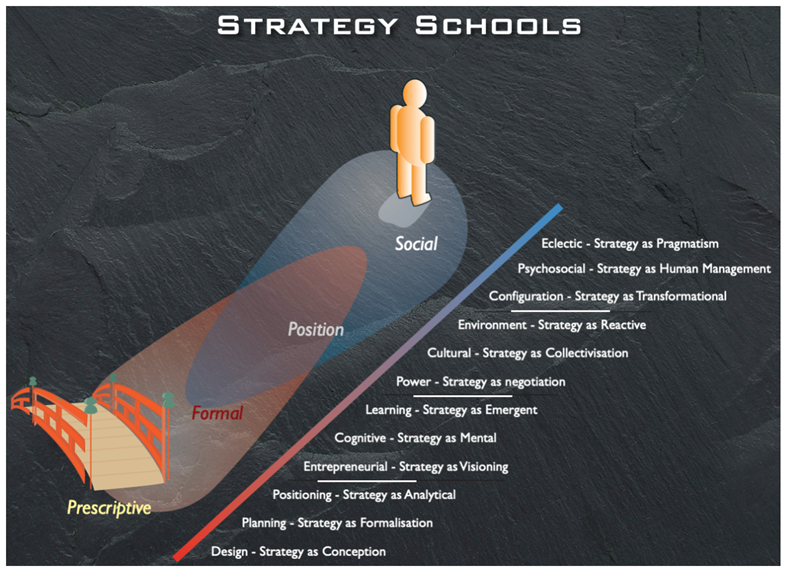Originally posted on March 27, 2021 @ 11:34 AM
Essential Elements for a Safety Strategy
The place to start with any strategy is with ethos. Unless one knows the driving philosophy of the people and organisation (ontology), it is likely any strategy will just be much more than a pragmatic quest for more of the same. BTW, most strategies and espoused goals in organisations are rarely achieved and this is accepted as normal. Most organisations meet for strategic thinking and are not disappointed that they never achieved their goals. This is rarely revisited as some kind of way of learning, usually organisations just press on with a new set of unachievable goals.
An ethos is the foundation of an ethic: the moral, cultural, systemic and belief structure about persons and the world. Unless one’s strategy is ethical in this sense, it is unlikely to go very far. A strategy by nature ought to be purposeful and meaningful. One’s purpose emerges out of an ethic.
Espousing meaningless numeric goals like zero and 1%, simply don’t connect with people. If a strategy is to hold integrity with people in organisations it has to be ethical and no numeric goal can be ethical. This is why most people in risk and safety do not believe in zero or any of the associated propaganda tied to this ideology. This is confirmed by all the data from the zero vision survey (https://safetyrisk.net/take-the-zero-survey/).
No strategy is neutral or objective but rather reflects the ontology that forms the organisational foundation. Just as there are ‘schools of safety’ (https://safetyrisk.net/a-great-comparison-of-risk-and-safety-schools-of-thought/) there are similarly schools of strategy’. See Figure One. Strategy Schools.
Figure One. Strategy Schools.
Each one of these schools of thought are a reflection of a founding ethos/ontology. The idea that one can separate strategy in risk and safety as some kind of objective process is nonsense.
Whenever I conduct strategic thinking workshops in risk and safety it is common that no participants know what their driving ethos/ontology is. Most people don’t know why they believe what they believe and certainly cannot articulate it philosophically. This most often leads to a pragmatic/utilitarian expression of ethics but in safety it is a deontological ethic (https://safetyrisk.net/what-brand-of-ethics-is-safety/) that emerges. An ethos that ends up upholding ‘do the right thing’ and ‘check your gut!’ (https://safetyrisk.net/the-aihs-bok-and-ethics-check-your-gut/) serves the assumptions of natural law ethics. Somehow magically or by duvine right, people know ‘the right thing’ and how to enact it. Deontological ethics ends up endorsing power to the entitled few and privileging power to authority through ‘natural law’. A great disposition to bully people in the name of safety and compliance.
If you wish to study more about strategic thinking the following are helpful:
· Michael, D., (1997) Learning to Plan and Planning to Learn. Miles River Press. Alexandria, Virginia.
· Raynor, M., (2007) The Strategy Paradox, Why Committing to Success Leads to Failure (and what to do about it). Doubleday. New York.
· Sloan, J., (2006) Learning to Think Strategically. Elsevier. London.
One thing is for sure, if safety is just a collection of slogans and numeric goals, nothing will change and whatever follows will not be a strategy that works.
So the starting point of a strategy is the articulation of an ethic. This will also be evident in whether the group seeks: lower order, middle order or higher order goals (https://safetyrisk.net/goals-and-vision-in-safety/). The most common strategic goals for safety are numeric eg. zero and 1% safer. (https://safetyrisk.net/1-safer-than-what/). If one’s strategic goals cannot manage the reality of fallibility (https://www.humandymensions.com/product/fallibility-risk-living-uncertainty/), then what ever follows will end up in dehumanising persons in the organisation.
The best way to work out the strategy of an organisation or a movement is to analyse its language and discourse (power hidden in language). Just ask ‘what and who is privileged by this strategy?’ In the case of the AIHS BoK on ethics, the endorsement is for authoritarian power and the brutalism of persons, a wonderful synchrony with zero, the global mantra (https://safetyrisk.net/believe-the-impossible-and-speak-nonsense-to-people/ ).
The flip side of any strategy is to consider its by-products and trade-offs. If the by-products of a safety strategy leads to:
· ‘tick and flick’
· overconfidence
· dehumanising persons
· under-reporting
· paperwork fatigue
· a focus on petty risk
· due diligence mythology (legal liability nonsense)
· definition of safety by injury rates
· a prioritization on numerics
· denial of fallibility
· a fixation on measurement
· excessive compliance resulting in short cut taking
· primacy focus on physical risk (not psychological or cultural risk)
· unethical enactment of systems
then, the strategy can be deemed as unworkable. The only way to ensure that a safety strategy works is to move away from zero so that humans can be valued (https://safetyrisk.net/moving-away-from-zero-so-that-safety-improves/).
Surely, the most important strategy in safety is one that ensures that one’s strategy actually works (https://www.humandymensions.com/product/it-works-a-new-approach-to-risk-and-safety/). If the list above is what the strategy generates then we know it doesn’t work.
Safety strategies cannot be measured numerically, you simply cannot know what 1% more or less is without some delusional sense of attribution. Safety is a qualitative state that is known qualitatively/intuitively.
Once you have worked through these issues you are ready to put together a safety strategy that will work.




Do you have any thoughts? Please share them below